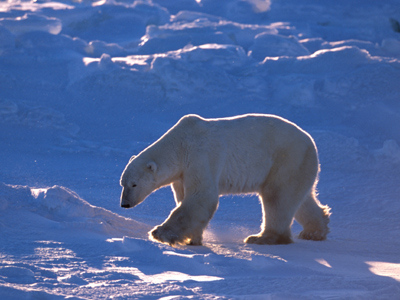
Unit 1 - Adaptations for Survival
This GCSE Biology quiz is all about the adaptations of animals, plants and other organisms which enable their survival. For an organism to be successful, it needs to be well adapted. Adaptations for survival are the ways in which an organism is suited to life in a particular environment or habitat. These adaptations can be characteristics, behaviour or both. Organisms that are perfectly adapted to a particular way of life in a habitat will change little over long periods of time, unless something changes.
Slow changes in organisms are made through natural selection. In any population of plants or animals, genetic mutations will occur. Badly (or not so well) adapted mutations are less likely to survive and breed but well adapted mutations will do both. The new characteristics that make them better adapted than their competitors are therefore passed on to their offspring.
You should have quickly discounted the first and fourth options, the difficulty is then choosing between the two remaining possibilities. This question is about the benefit ( in other words, the end result) of camouflage.
The advantage of camouflage is that it enables an animal to blend into its surroundings. That's not the end of the story. The benefit of this to a predator is that it can get closer to its prey with less chance of being spotted, giving the predator a greater chance of a successful hunt. If the prey is camouflaged, it is harder for a predator to spot it, increasing its survival chances.
The correct answer is therefore option 3. Always remember to think about what the question is actually asking you.
Ready for more?
not all...
quizzers. Try to win a coveted spot on our Hall of Fame Page.







